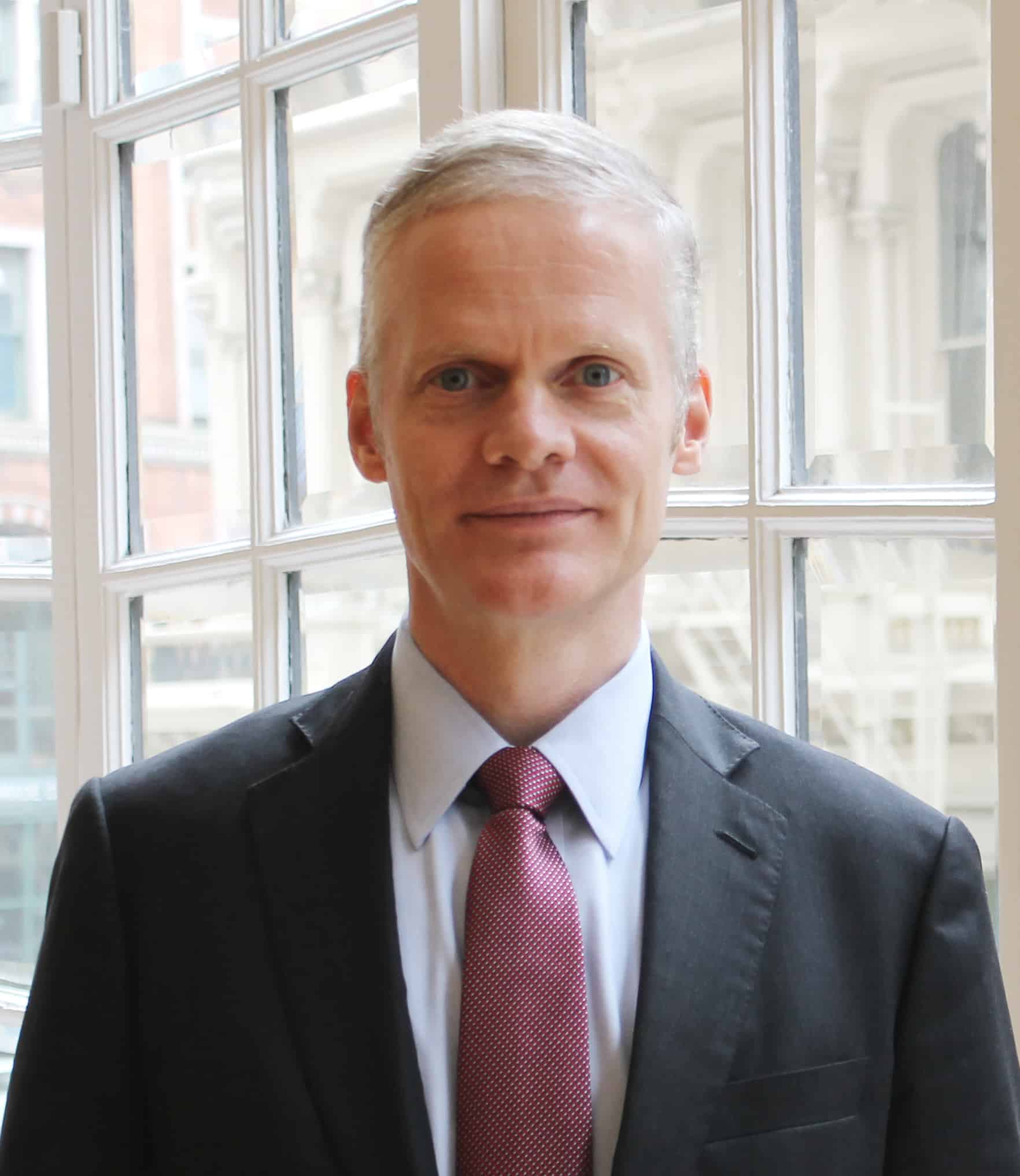Global Salon
Global Finance sat down with John Jullens, partner of consulting firm Strategy&, to discuss the sustainability of growth in Asian economies.

As partner of Strategy&, formerly Booz & Co, John Jullens has had extensive contact with the emerging markets. Now as the consulting firm’s partner based in Shanghai, he has firsthand knowledge of what is happening in the emerging markets: He advises both Chinese and multinational clients on how to cope with the changing economic landscape in Asia.
In conversation with Global Finance, Jullens expanded on his thesis that the Asian emerging markets may not be able to sustain the remarkable growth they have experienced but that they are still well positioned for sustained growth and development.
Global Finance: Is the Asian growth miracle already over?
John Jullens: For most of the last decade, the conventional wisdom has been that we have been in a one-hundred-year process of convergence [between global markets]. After the Industrial Revolution we had a handful of developed markets and a long tail of emerging markets. We saw an increase in the convergence after World War II. But with about 13% of the world’s population living in the developed economies and 70% in the emerging countries, we are seeing a new phase of convergence. And so, since 2007 and 2008, we are seeing more [capital] flowing into the emerging markets to take advantage of this convergence.
But in the last year or so, a lot of that hot money [investment into equity markets] has flown right back out. China has slowed down. India has slowed down. And all kinds of economic and political issues have crept in [to these markets]. But it’s not really over.
The underlying demand drivers are still quite good in Asia. The demographics are good. The population continues to grow and will continue to grow. There is increasing disposable income. So there is demand for more manufactured products, more processed goods. And if the question is whether there is the organization to deliver these goods, the future of that looks very good.
GF: What about on the supply side?
Jullens: The supply side is even more positive. The Asian Development Bank estimates that, to build out an appropriate infrastructure, you’d need about $750 billion per year. But the larger question is whether anyone will make the investments necessary. The underlying supply-chain fundamentals also are very very good.
GF: Is the easy phase of doing business in Asia over?
Jullens: There are growth traps everywhere. Countries such as India and China are caught in economic development traps. Growth strategies put in place currently are not sufficient for the next level of development. The population mix is changing. We’re seeing a population that is aging. And [these countries must address] the needs of [this changing demographic], such as healthcare. The market characteristics are changing too. We see a move from large enterprises to smaller middle-market [companies], which may [make these markets] harder for multinationals to crack.
GF: What makes the market difficult for multinationals?
Jullens: There’s a new set of buyers with a different set of needs. And there’s also a new set of local competitors. So the traditional MNC [multinational corporation] strategy of merely introducing low-cost versions of world-class products will often not be sufficient. To be successful, many MNCs will have to not only develop products in-market but also rethink their underlying business models. Even more important, locally based companies are now more competitive than ever, with better business strategies, better manufacturing processes and a far more evolved understanding of their own markets.



